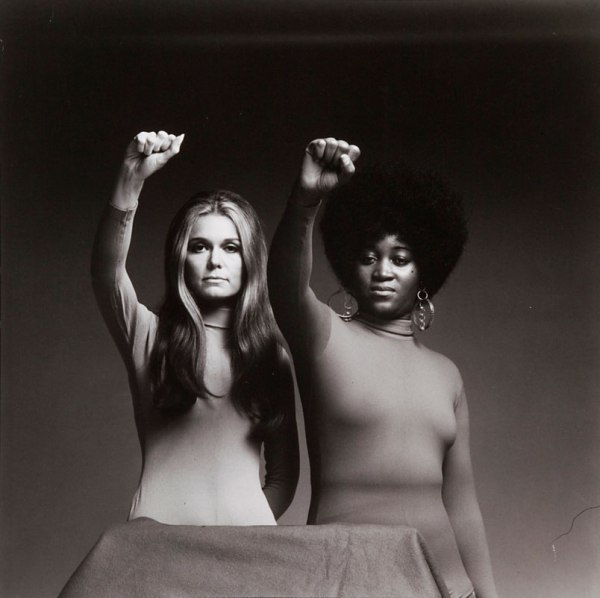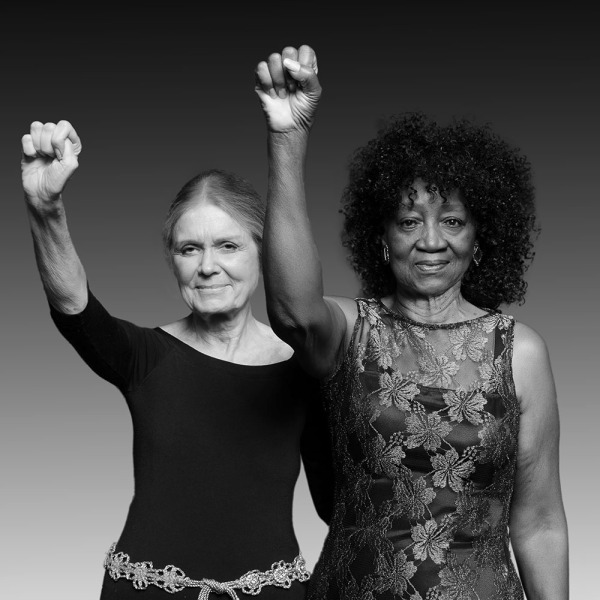
Cyber Abuse is a vicious crime that occurs through digital channels
The fact that “ignorance of the law is never a defense“, doesn’t stop people from continuing to engage in online behavior that is not only unethical, but also illegal. As someone who survived and fought back against cyber stalking, I’m often invited to speak to high school and college-aged students on the topic of cyber abuse. Consistently, I find that most young people and adults who attend my talks don’t understand the full emotional and legal impact of cyber abuse. Many don’t even know all the forms that cyber abuse takes and that there are some laws on the books to protect victims from each type. Now, these laws aren’t always appropriately enforced, and most are unreasonably limited given the damage that cyber abuse does, but the laws are there nonetheless and should be used.
Typically when people discuss general online digit abuse, harassment and stalking, they use the term “cyberbullying”.

Stop cyberstalking
This is a misnomer. Cyber abuse the most appropriate term to describe crimes and other legal violations that are directed at individuals and committed through digital channels including cell phone services and the internet.
Cyberbullying, like Cyberharassment and Cyberstalking, is a type of cyber abuse. Specifically, it is cyber abuse committed by young people (age 17 and under) again young people, while Cyberharassment and Cyberstalking are commited by adults. Cyberharassment may include false accusations, monitoring, making threats, identity theft, damage to data or equipment, the solicitation of minors for sex, or gathering information in order to harass (Wikipedia). Repeated patterns of cyber abuse against a victim by an adult constitutes cyberstalking.
Cyber abuse can though any digital means, not just online. Victims are damaged mentally, financially and professionally to a degree that is far more severe than similar behavior done in person, by postal mail or by phone. Why? Because online and digital communication is global and available to anyone 24 hours a day. Ignoring a perpetrator’s is not always a solutions for victims, especially in cases where this is on going intention to intimidate, alarm, humiliate and irrevocably damage the victim. Understanding the primary types of cyber abuse, and associated legal consequences, can help empower the victim and his/her loved ones to fight back appropriately and put an end to the behavior. Below are the seven high-level forms of cyber abuse and the legal consequences associated with them. Over the coming months, I will be blogging about the real impact of each type of cyber abuse and how victims can empower themselves.
| TYPES |
DEFINITION |
LEGAL CONSEQUENCES |
| Cyberbullying |
•Cyberbullying is digital abuse committed against young people (17 and younger), by young people
|
•Suspension from school and athletic teams
•Juvenile arrest
|
| Cyberstalking/ Cyberharassment |
•Cyberharassment – a form of cyberbullying committed by adults (18 and older)
•Cyberstalking – repeated acts of cyberharassment
|
•Civil lawsuits
•Criminal arrest for harassment, stalking, impersonation, defamation
|
| Phone / Caller ID spoofing |
•Caller ID spoofing is the practice of causing the telephone network to display a number on the recipient’s Caller ID display that is not that of the actual originating station
|
•Criminal arrest for harassment, stalking, impersonation, identity theft, fraud
|
| Sexting |
•Sexting is the act of sending sexually explicit messages and/or photographs, primarily between mobile phones.
|
•Copyright infringement
•Criminal arrest for distribution of pornography, child pornography, invasion of privacy
|
| Revenge Porn |
•A form of cyber-rape that involves the distribution of sexually explicit photos and/or videos of an individual (either real or photoshopped) on the Internet without permission.
|
•Civil lawsuits
•Criminal arrest for harassment, stalking, impersonation
|
| Internet “bombing”/ bombarding |
•Creation of 100s to 1000s of harassing and defamatory online postings in an effort to negatively alter a victim’s search engine results and deliberately cause mental anguish, job loss and misconceptions
|
•Civil lawsuits
•Criminal arrest for harassment, stalking, defamation
|
| Digital burglary |
•Illegal entry into or access of another person’s online account
|
•Criminal arrest for invasion of privacy, impersonation, identity theft, fraud
|














